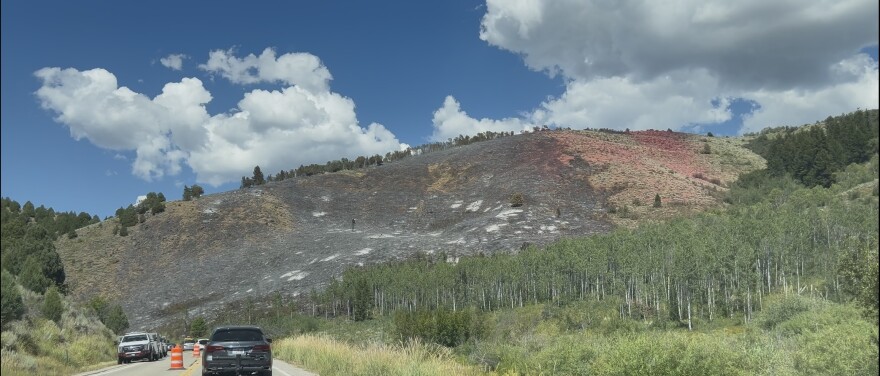Wildfires are most common in Utah between June and October, when dry heat and windy conditions contribute to even bigger and more dangerous fires. There are three stages in the fight: containment, control, and calling the fire out.
To tackle wildfires, two crews fight them head on: hot shots and hand crews.
Hot shot crews mainly respond to large, high-priority fires across the country and abroad. They are considered the most highly trained, skilled, and experienced wildland firefighters, along with smokejumpers.
Hand crews are usually assigned to the front lines of active wildfires and conduct vital on-the-ground measures such as burning out areas and constructing fire-lines.
To contain the wildfire, these crews must build a line in the ground, making a barrier around the fire, that includes digging into the soil and making sure there is no vegetation that can fuel the fire.
Kayli Guild is the statewide communications and prevention coordinator for the Utah Division of Forestry Fire and State Lands.
“It could be several different things that could be used as a control line," said Guild. "But it would be a barrier that firefighters believe will stop the fire from spreading. So for example, if a fire is 60% contained, it means that 60% of its edge has been secured without, with the line in it, it's expected to hold, and with that as well, when you're talking about containment.”
In order to make sure the fire is under control, the fire must be completely secured within the line that crews have dug.
“We have to get 100% containment before it can be declared controlled," said Guild. "So you can think of it as containing equals under control. Controlled equals totally secure.”
After containment, officials look to label the fire as completely out.
“So that means that the fire is completely extinguished, no heat, no smoke, no threat," said Guild. "Essentially, firefighters have patrolled the area. They've monitored, they've done their mop up — which is essentially going in and taking care of all the hot spots within the interior and confirming that there's nothing left to burn.”
Together these steps help crews fight these dangerous, unpredictable wildfires.


